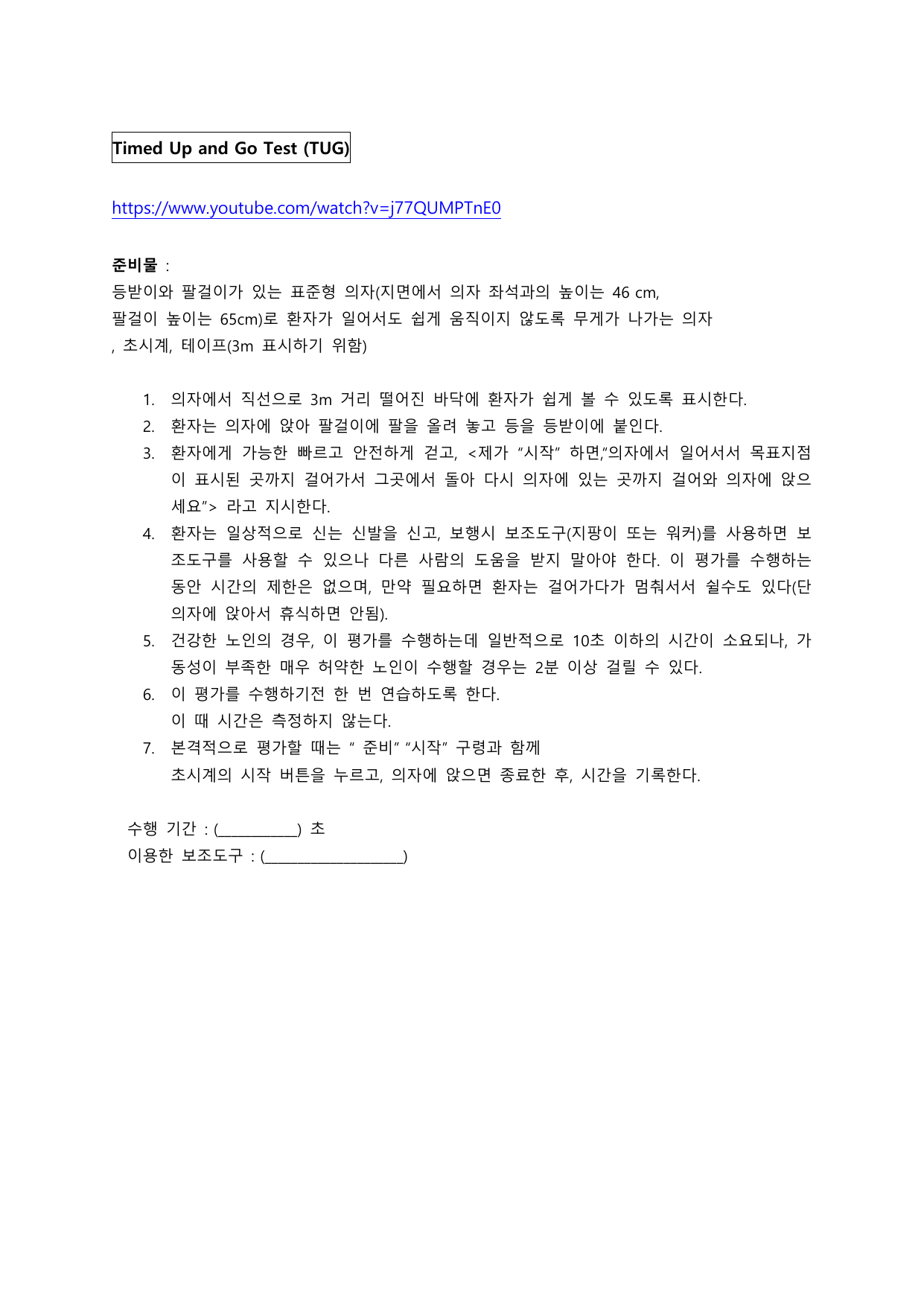
The methods were prospective and randomized with a blinded rater. The population consisted of patients between the ages of 3 and 12, with no cognitive or visual impairments, GMFCS Levels I-III, functional ambulation for >12 months, no orthopedic surgical procedures or neuromuscular block within 12 months, and no orthopedic deformity indicating a need for surgery. The purpose of this study was to compare treadmill training and overground walking in regard to functional mobility for patients with cerebral palsy. A comparison of treadmill training and overground walking in ambulant children with cerebral palsy: randomized controlled clinical trial. Summary of an article utilizing the timed up-and-go:Ĭollange Grecco LA, Zanon N, Malosa Sampaio LM, et al. Investigation of the timed ‘Up & Go’ test in children. Williams EN, Carroll SR, Reddihough DS.Normative reference values for musculoskeletal conditions and functional motor abilities in the pediatric population literature review and clinical guidelines part 1: gait. Chapter 5: Functional ambulatory mobility test-timed ‘up and go’ test in children. Timed “Up & Go” test in children and adolescents. Developmental Medicine & Child Neurology. Normative values for the Timed ‘Up and Go’ test in children and adolescents and validation for individuals with Down syndrome. The TUG-IC has been researched in populations including typical development, cerebral palsy I-III, acute lymphoblastic leukemia, LE amputation, anorexia nervosa, developmental deficiency, cystic fibrosis, spina bifida, disabled children and adolescents, LE sarcoma, and traumatic brain injury. Although no MCID is given, the score may be compared to the average normative value for the patient population. No absolute normative value or MCID is currently determined for the TUG-IC.Ĭlinical Applications: The TUG-IC is best utilized in conjunction with other tests and measures to evaluate and monitor progress of physical mobility and balance in children who are typically developing. The TUG-IC must be used in conjunction with other tests and measures to monitor physical mobility and balance. Weaknesses: The methodology of the TUG may be mistakenly administered in the pediatric population rather than the TUG-IC. Multiple research studies have proven high reliability and validity for this test in the pediatric population. The instructions are simple and understandable for the pediatric population.
#Time up go test free
Strengths: The TUG-IC is free and easy to administer with no special equipment. Psychometric Characteristics: Inter- and intraexaminer ICC of. 1Įnvironment for Testing: indoor, unobstructed hallway with a wall 4Įquipment and Materials Needed: stopwatch, tape, tape measure, goniometer, paper star, and a pediatric sized chair with no armrests 4 TUG(s) = 6.387-(age(y) x 0.166) + (weight (Kg) X 0.014) is an equation to find an age and weight comparable score. 4 No MCID is established in the pediatric population. Type of information, resulting from testing: mean score for preschoolers is 6.7 seconds and the mean score for primary school children is 5.1. Scoring: timed in seconds and compared to normal ranges 4 The timer is started when the child’s bottom leaves the chair and is stopped when the child’s bottom touches the chair again. The child is not instructed on how fast to walk and the test may be restarted if the child skips or hops instead of walks during the test. The child is instructed to touch the star on the wall that is at his/her shoulder height and is 3 meters from the chair. The chair used is a height that supports hip and knee flexion of 90 degrees. The test consists of a pre-test and a timed test to familiarize the patient with the procedure.

Type of Test: evaluative screening test or outcome measureĪdministration: The structure of the TUG-IC differs from the standard TUG to increase validity in the pediatric population. Purpose: To test functional ambulatory mobility including balance and difficulty turning during gait of children with or without physical disabilities and to monitor change over time. E-mail: 4Ĭosts: free, however a diagram and data collection worksheet for the TUG-IC can be found in the reference book for pediatric normative values by Parrot. Correspondence at School of Physiotherapy, University of Melbourne, Parkville, Victoria 3010, Australia.

Source: Mary P Galea, PhD BAppSc(Physio) BA, School of Physiotherapy, University of Melbourne, Austin Health, Parkville, Victoria, Australia. 4 Also referred to as a Modified Timed Up and Go Test.Īuthors: Williams EN, Carrol SG, Reddihough DS et al. Title, Edition, Dates of Publication and Revision: Timed ‘Up and Go’ Test in Children (TUG-IC), 2005, adapted from Podsiadlo and Richardson’s Timed ‘Up and Go’ Test, 1991. Posted on: Ma| By: apope2 | Filed under: Timed up and go (TUG)


 0 kommentar(er)
0 kommentar(er)
